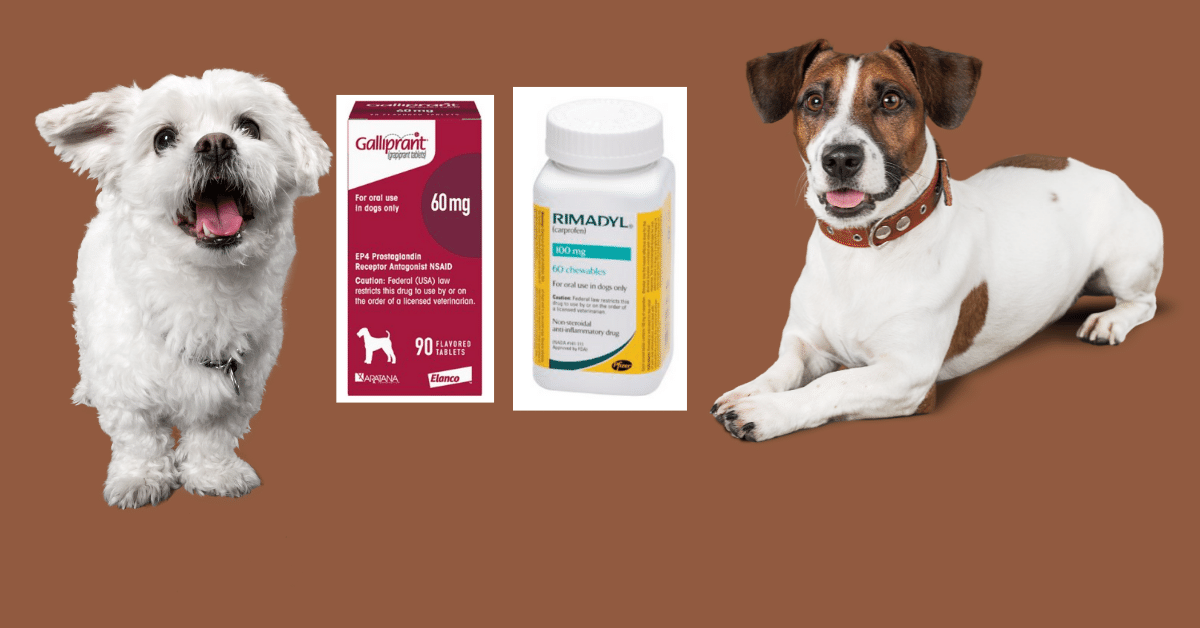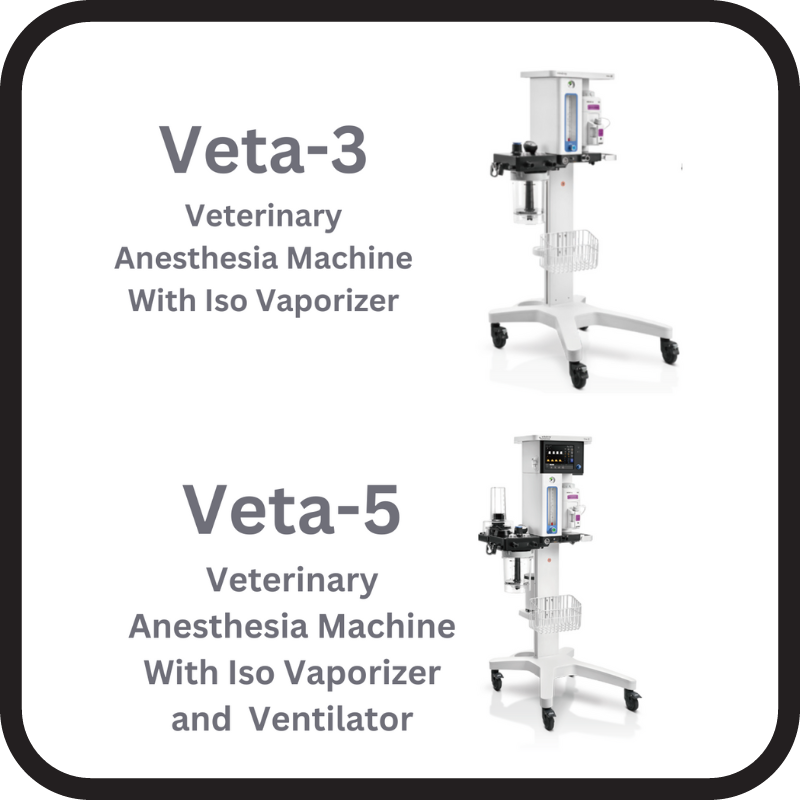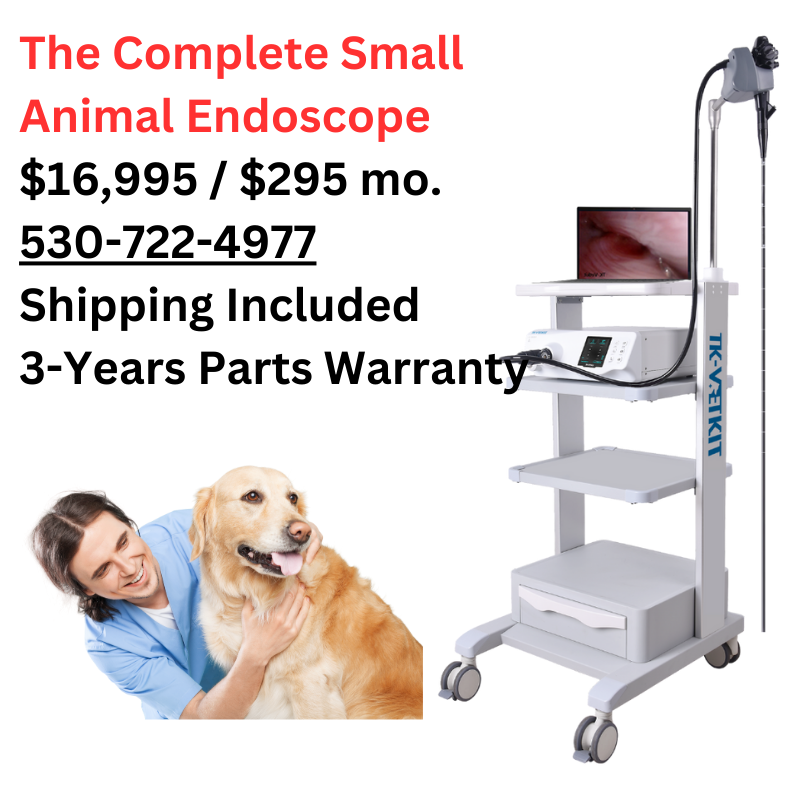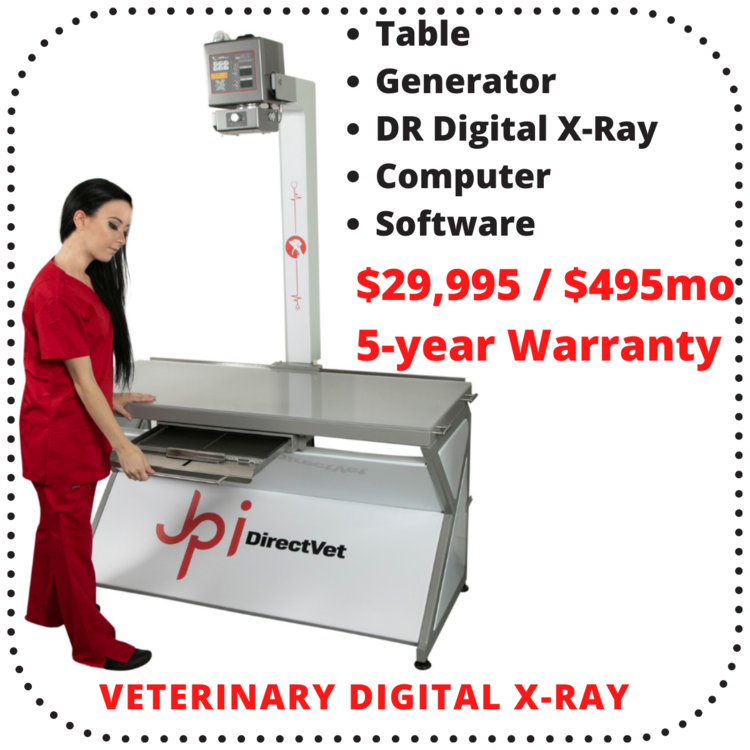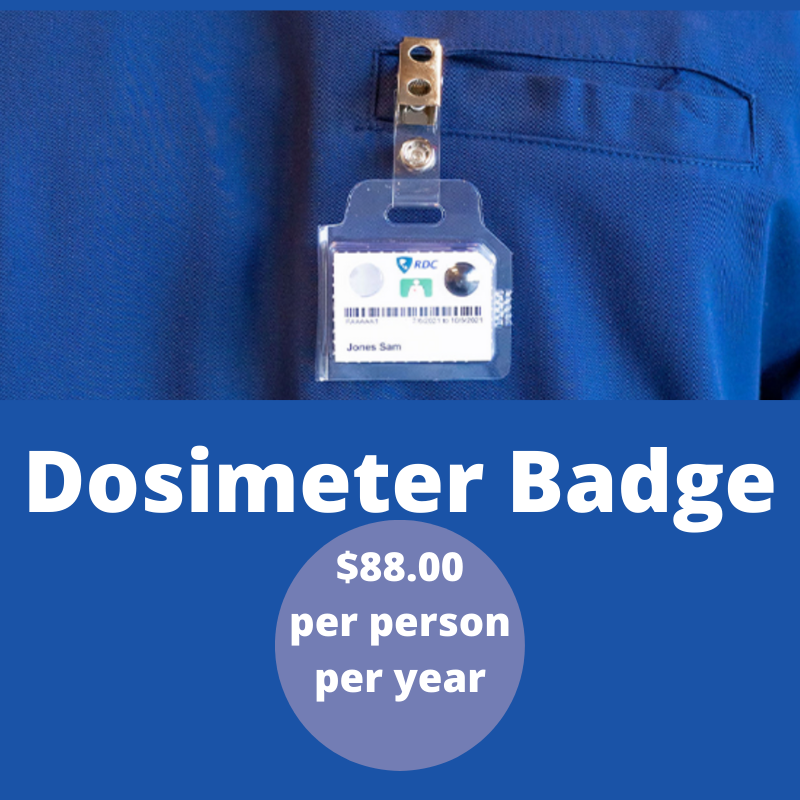Soda Lime-Free Veterinary ICU: Safe Care for Pets & Staff
/Upgrade Your Veterinary Practice with Our Advanced ICU: A Safer, Smarter Solution for Pets and Staff
As veterinary professionals, your priority is delivering top-tier care to your patients while ensuring a safe working environment for your team.
Traditional intensive care units (ICUs) often rely on soda lime to manage CO₂ levels, which poses risks to pets and healthcare workers due to its potential for harmful chemical exposure.
Enter our cutting-edge Veterinary Intensive Care Unit (ICU), a game-changer priced at $14,995 (or just $250/month, shipping included).
Designed with safety, efficiency, and innovation, this soda-lime-free ICU elevates care standards without compromising anyone’s well-being.
Why Choose Our Veterinary ICU?
A Safer Alternative: Soda Lime-Free Operation
Unlike conventional systems, our ICU eliminates the need for soda lime, which can release harmful dust and gases when mishandled, posing respiratory risks to staff and patients alike.
By removing this consumable, we’ve simplified operations, cut ongoing costs, and created a healthier environment—proving that safety doesn’t have to come with a catch.
Dual Treatment Capability
Time and space are precious in a busy practice. Our ICU features a removable divider, allowing you to treat two pets simultaneously with tailored care.
Whether a critical case or routine recovery, this flexibility maximizes efficiency without sacrificing quality.
Enhanced Monitoring for Precision Care
Real-time data is at your fingertips with integrated oxygen and CO₂ sensors.
These tools ensure the ICU environment remains stable and safe, giving you confidence in every treatment decision—because in critical care, accuracy is everything.
Modular Design for Growth
Your practice deserves equipment that grows with you.
Our Single-Stack ICU can seamlessly upgrade to a Double-Stack unit by adding a top level for just $11,000. This future-ready design minimizes waste and maximizes value, adapting to your needs without a full overhaul.
Streamlined and User-Friendly Controls
Managing two patients has never been easier. A single control panel lets you set and monitor temperature and oxygen levels with precision, reducing complexity so you can focus on what matters—your patients.
Advanced Safety Features
Safety is woven into every detail:
PHI Technology: Photo-hydro-ionization disinfects and deodorizes in real-time, keeping the environment sterile and pet-friendly.
Internal & External Circulation: This system prevents cross-infection with a protective buffer, automatically switching to external circulation if oxygen drops below 20% or CO₂ exceeds 2000ppm.
Built-in Battery: Provides 30 minutes of uninterrupted operation during power outages, complete with oxygen warnings and fail-safes.
Cleaner Air with Ion Sterilization
Our ion sterilization system eliminates airborne and surface pathogens, creating a safer space for pets and staff—no soda lime dust or compromise.
Energy-Efficient and Portable
Running on a standard 15A outlet, this compact unit (L49.21” x W35.03” x H37.40” externally) is easy to move and fits seamlessly into any clinic setup.
Optional Oxygen Concentrator
Boost your ICU’s capabilities with a 10L oxygen concentrator for an additional $1,500. One unit powers a single-stack ICU; add a second for a double-stack setup.
Learn more at: (https://newvetequipment.com/veterinary-oxygen-concentrator).
Comfort That Promotes Healing
Pets recover better in a calm, comfortable environment. Our ICU delivers:
Silent Air Conditioning: Keeps patients cool without disruptive noise.
Ion Therapy: Mitigates reactive oxygen species (ROS) to support recovery and improve SPO2 levels.
3-in-1 Lighting: White for exams, warm for observation, and blue for therapy, all adjustable for brightness and timing.
Intelligent and Intuitive Design
Pre-set parameters cover over 90% of clinical scenarios, color-coded (red/yellow/green) for quick recognition. A large, user-friendly touchscreen displays real-time data, making operation a breeze for your team.
Versatile Applications
From newborn care to infectious diseases, postoperative recovery, critical cases, cardiopulmonary conditions, and elderly patient support—this ICU handles it all with ease.
Peace of Mind with a 2-Year Parts-Only Warranty
We’re confident in our ICU’s durability. If a module fails, we’ll supply replacement parts promptly from our U.S. stock—no lengthy downtime, just reliable service.
Built for Convenience
Medical Nebulizer: Integrated for seamless respiratory treatments.
Infusion Support: Includes an IV pole for fluid therapy.
Internal Dimensions: L41.96” x W24.40” x H23.93”—spacious yet practical.
The Future of Veterinary Care Starts Here
At $14,995 (or $250/month), our Veterinary Smart ICU isn’t just an investment in equipment but safer, smarter, and more compassionate care.
Say goodbye to the hazards of soda lime and hello to a system that prioritizes the well-being of pets and people alike.
Are you ready to upgrade your practice?
Please feel free to contact us today to learn how this ICU can transform your critical care capabilities.























